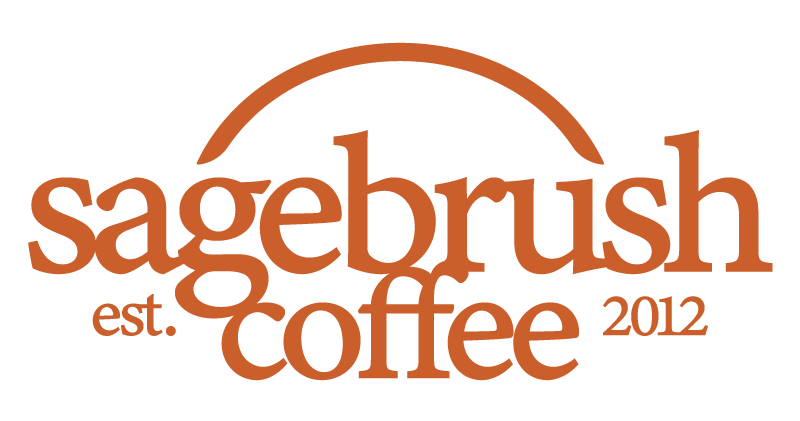about Fazenda Mimoso
Following his father’s footsteps, producer Ricardo Tavares has dedicated his life to the coffee industry. Ricardo’s father began in the roasted coffee business, delivering products to meet the demands of Brazil’s domestic coffee consumption. Ricardo began his own story in the world of coffee business at age 19, when he accompanied his father on a trip to northern Brazil. After returning from the rolling hills of coffee trees, Ricardo decided not to continue his career as an economist and, instead, dedicate himself entirely to the purchase and sale of coffee beans in the interior of Minas Gerais.
Ricardo founded the Montesanto Tavares Group in 1998, a holding company that would go on to have an international presence and a fully integrated supply chain from the coffee fields through to importing green coffee across the globe. It was always Ricardo’s dream to own and operate coffee farms, and today that dream is represented by the coffee producing arm of the Montesanto Tavares Group, GMT Farms. GMT Farms includes properties like Fazenda Primavera and Fazenda Mimoso in Minas Gerais and Bahia states, covering more than 10,400 hectares of land across all of the farms.
Fazenda Mimoso is located in the municipality of Barreiras, Bahia, in the Oeste Baiano growing region. The property stretches more than 3700 hectares, including 1150 hectares of coffee production and approximately 800 hectares of natural preservation and reserve area. Sustainability, good agricultural practices, and healthy working conditions are high priorities at the farm, keeping in line with the operations of all GMT Farms.
This Washed coffee was decaffeinated by Swiss Water. Swiss Water decaffeination uses a proprietary green coffee extract to remove caffeine from green coffee. Prior to being decaffeinated, green coffee is soaked to rehydrate the grains to the ideal moisture level for decaffeination, as well as to remove dust, dirt, and other debris. The rehydrated green coffee is then continuously circulated in green coffee extract for 8–10 hours, drawing caffeine out from the green coffee into the green coffee extract. The extract is constantly refreshed throughout the process, and the removed caffeine is captured by a proprietary carbon filter system. Once the green coffee is decaffeinated, it is then dried again to its target humidity before being bagged and shipped.







